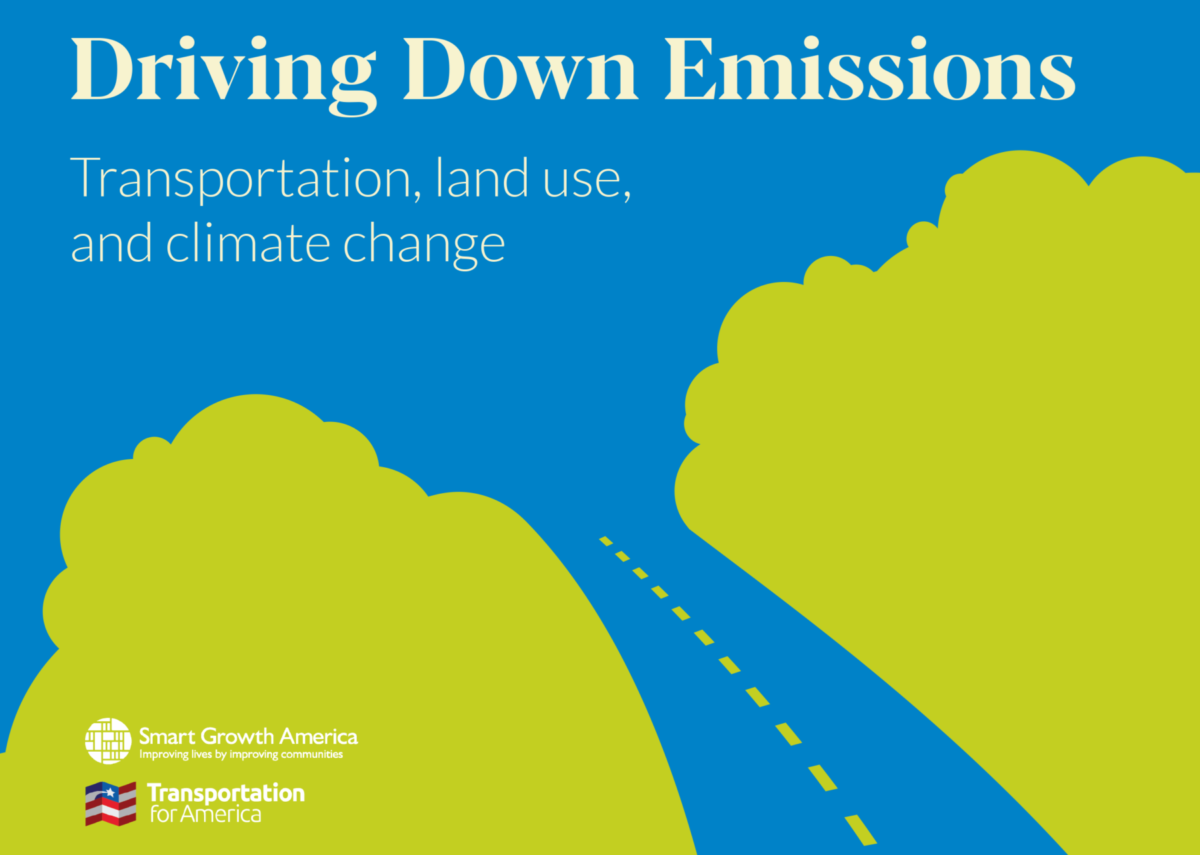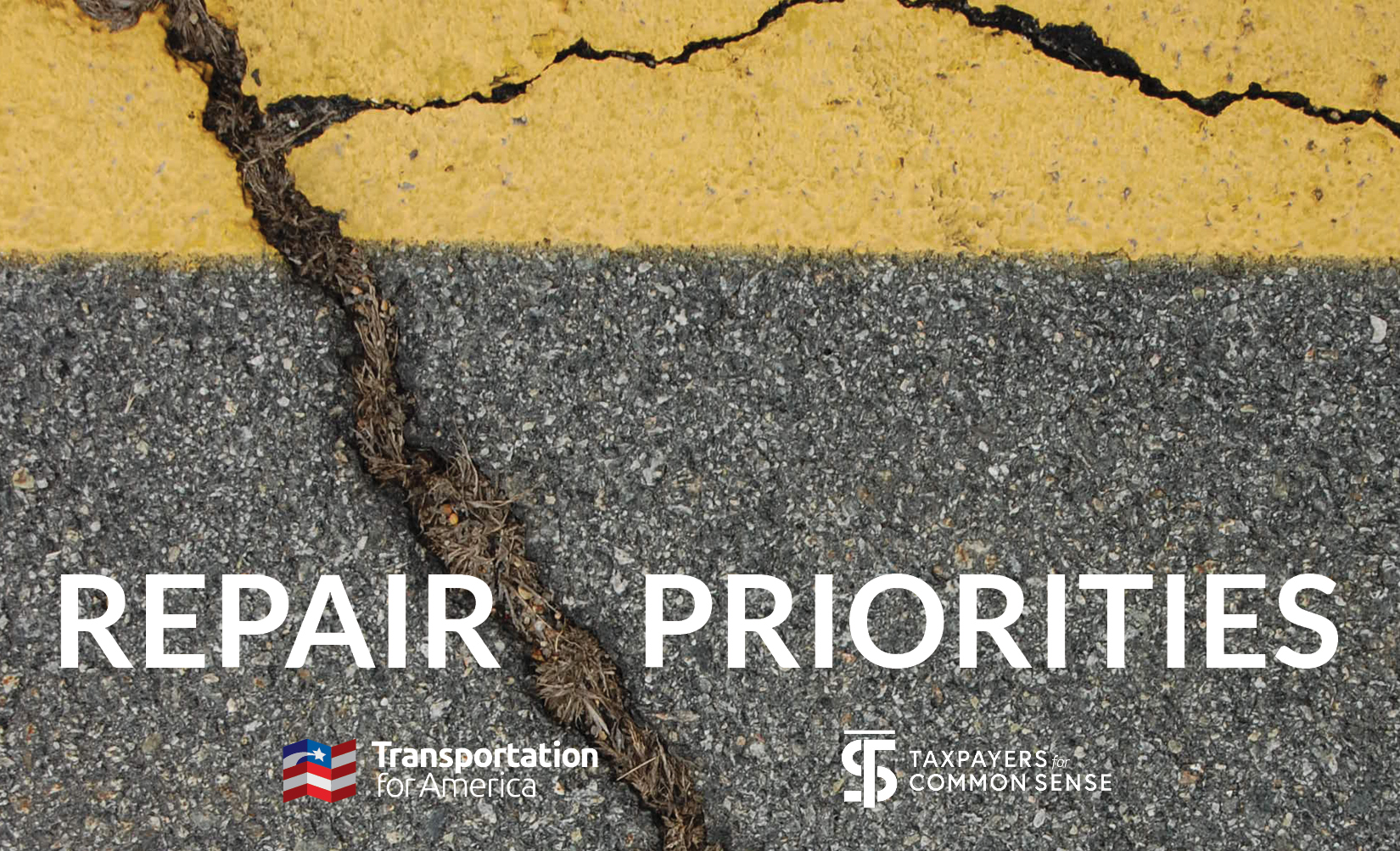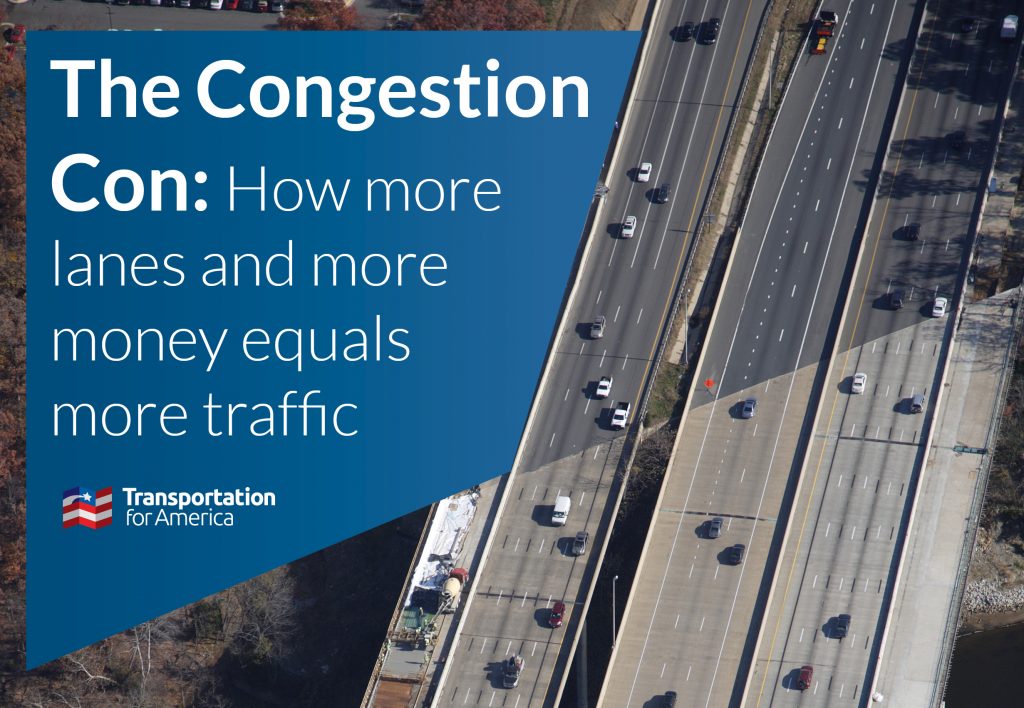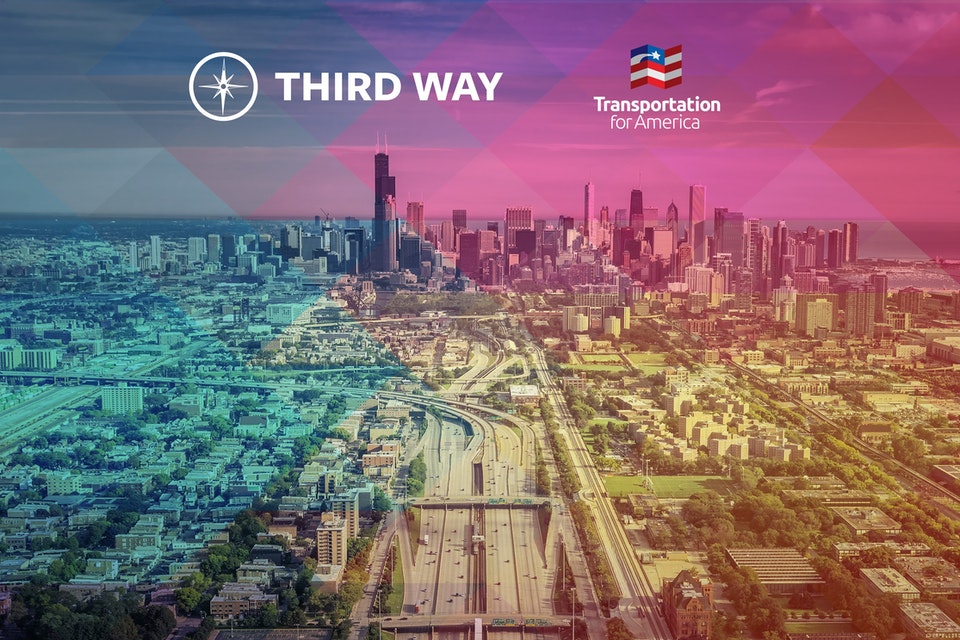Show me the money: Financial breakdown of the infrastructure law
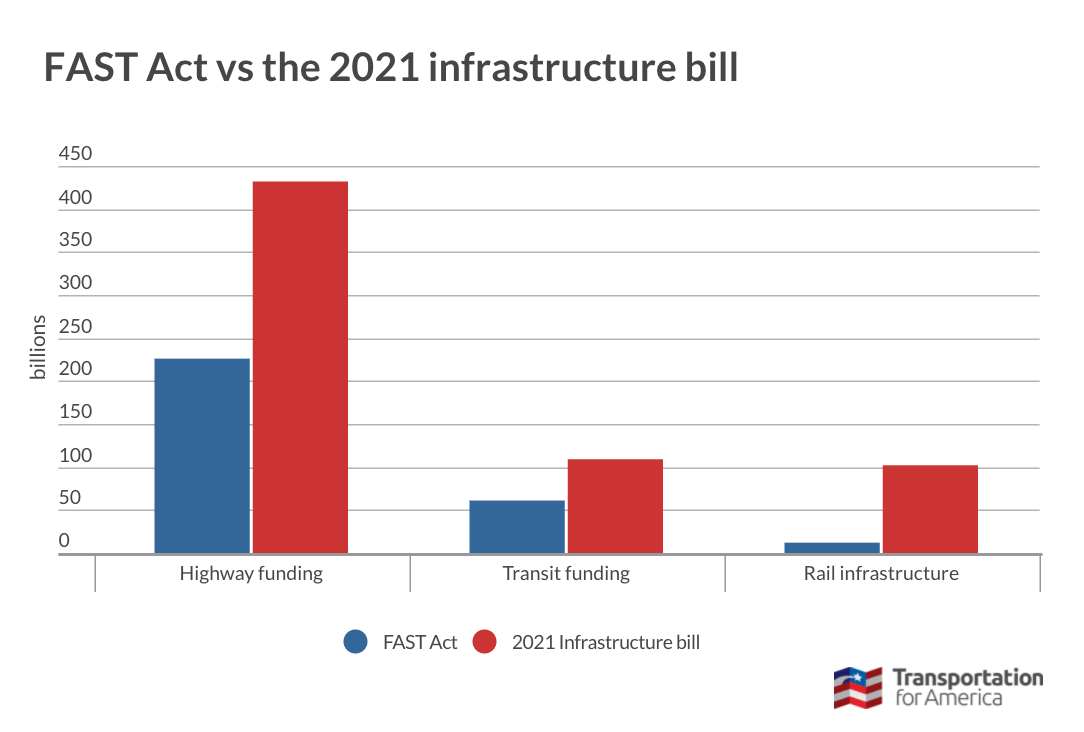
A month has passed since the $1.2 trillion infrastructure deal was signed into law. There is much to unpack as to exactly how much money there is for the surface transportation program and how it can be used.
Reducing emissions with better transit, part two: Improve transit access
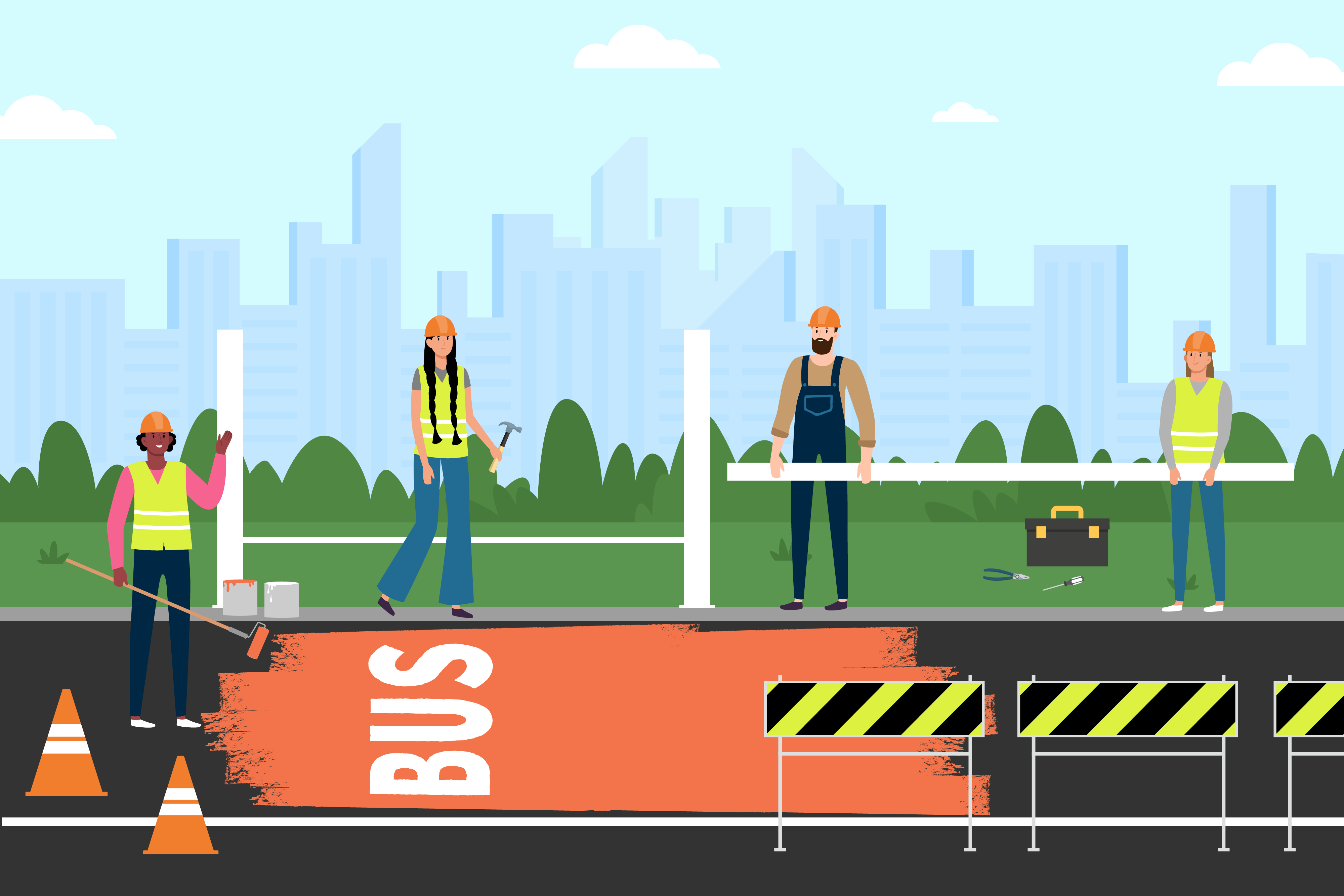
Increasing funding for transit operations is a vital first step to help more people drive less, but there’s an equally important next step: connecting more people by transit to more of the destinations they currently reach by car.
TransportationCamp DC 2022: Everything you need to know about joining the virtual unconference
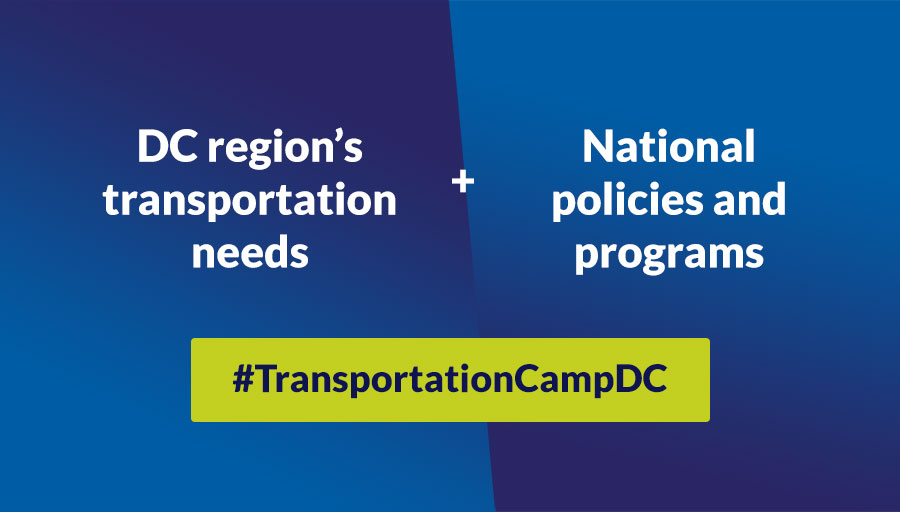
On January 8, 2022, transportation advocates, experts, and organizers working on transportation issues in the DC region and at the national level will come together for TransportationCamp DC, a day-long “unconference” about practice, ideas, and opportunity.
Lemonade from lemons: Improvements worth celebrating within flawed infrastructure bill
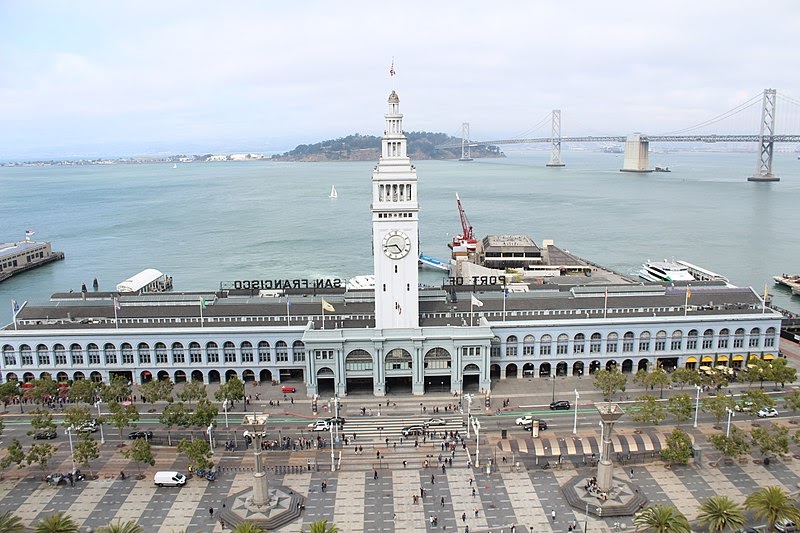
Money from the finalized $1.2 trillion infrastructure deal is already flowing out to states and metro areas who are plugging it right into projects both already underway and on the horizon. After covering six things the administration should do immediately to maximize this mammoth infusion of unexpected cash, here’s a longer look at some of the law’s incremental or notable successes, with the aim of equipping the administration and advocates alike to steer this money toward the best possible outcomes.
Behind the scenes on the rise in pedestrian and cyclist fatalities and injuries
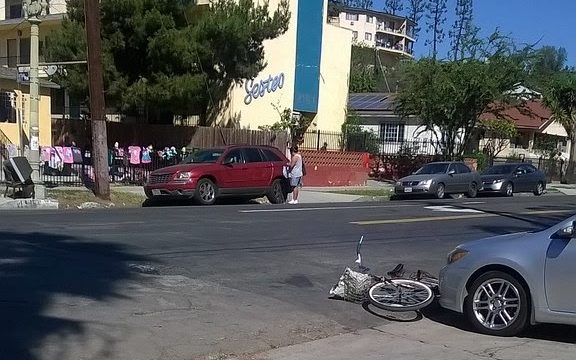
Driver expectations, higher speeds resulting from less congestion, major gaps in infrastructure, and a systemic criminalization of pedestrian and cyclist traffic on the road have contributed to the alarming, record increases in the deaths of people struck and killed while walking or biking, according to researchers.
From policy to action: Six things USDOT should do yesterday to maximize the potential of the infrastructure deal
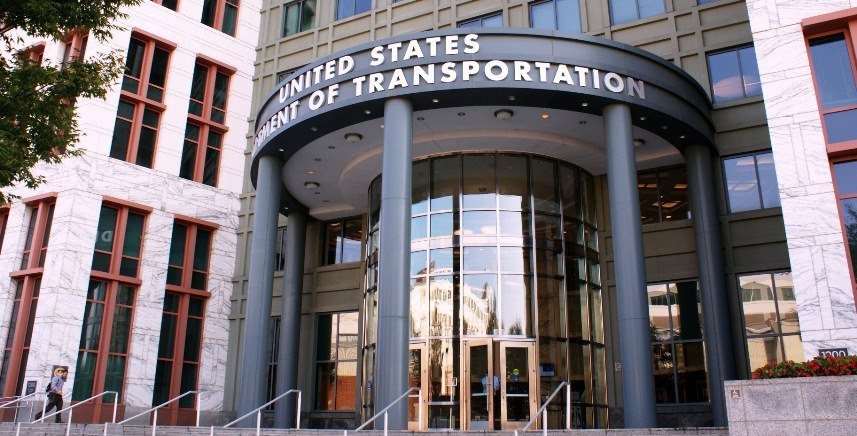
Because of the shortcomings in the Infrastructure Investment and Jobs Act (IIJA)’s actual policy, an enormous amount of pressure now rests on USDOT and Secretary Buttigieg to deliver on the administration’s promises. But the good news is that there are scores of actions that USDOT can take to deliver positive outcomes for equity, climate, safety, state of repair, and enhancing community connections.
The infrastructure bill is finished—what you need to know
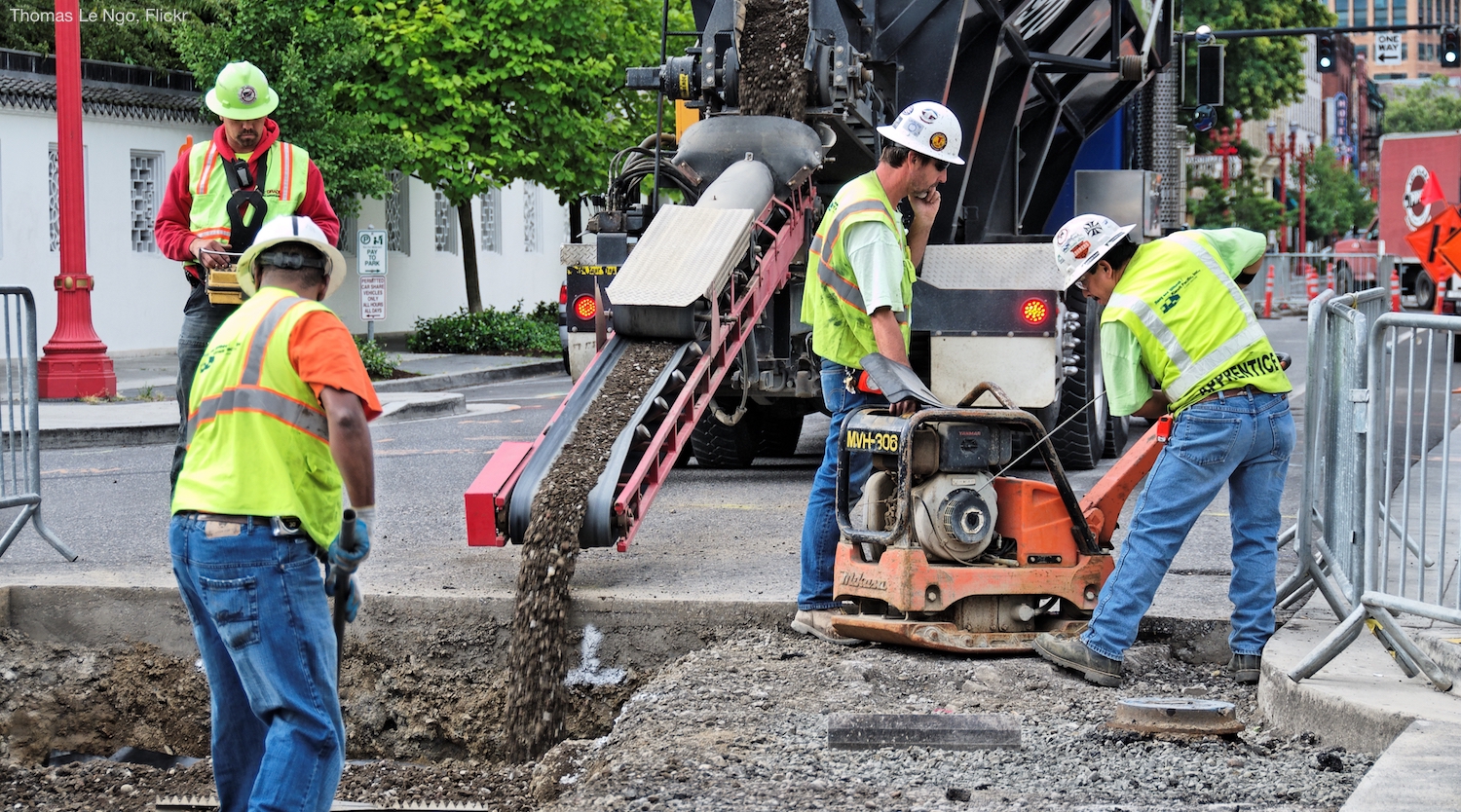
The $1.2 trillion infrastructure bill is notable both for including Congress’ most significant effort to address climate change, and its general failure to make fundamental changes to a transportation program that’s responsible for massive increases in transportation emissions, worsening state of repair, unequal access to jobs, and increasing numbers of people killed on our roadways.
Electric vehicles aren’t good for equity, but we should try
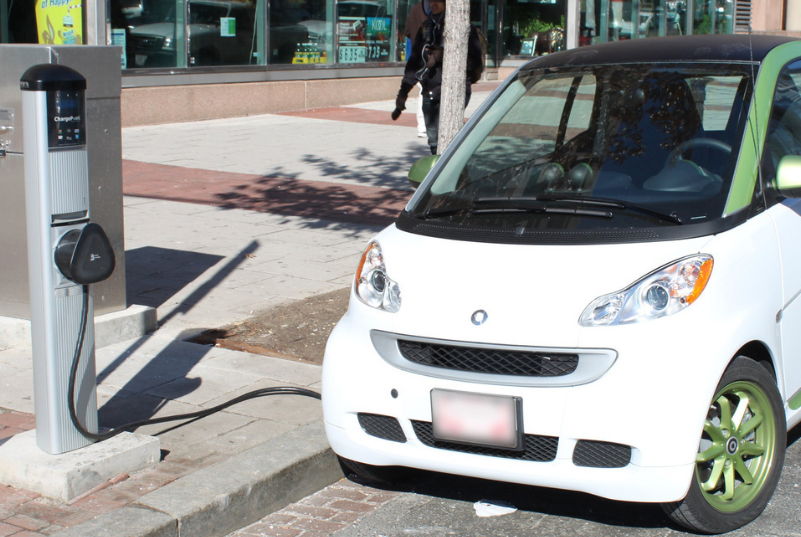
Electric vehicles, while vital for reducing emissions and meeting our long-term emissions reduction goals, are not a good strategy for improving existing inequities in transportation. But there are specific things we can and should do to make this transition more equitable than it otherwise would be.
Electric vehicles are good for emissions, bad for advancing equity
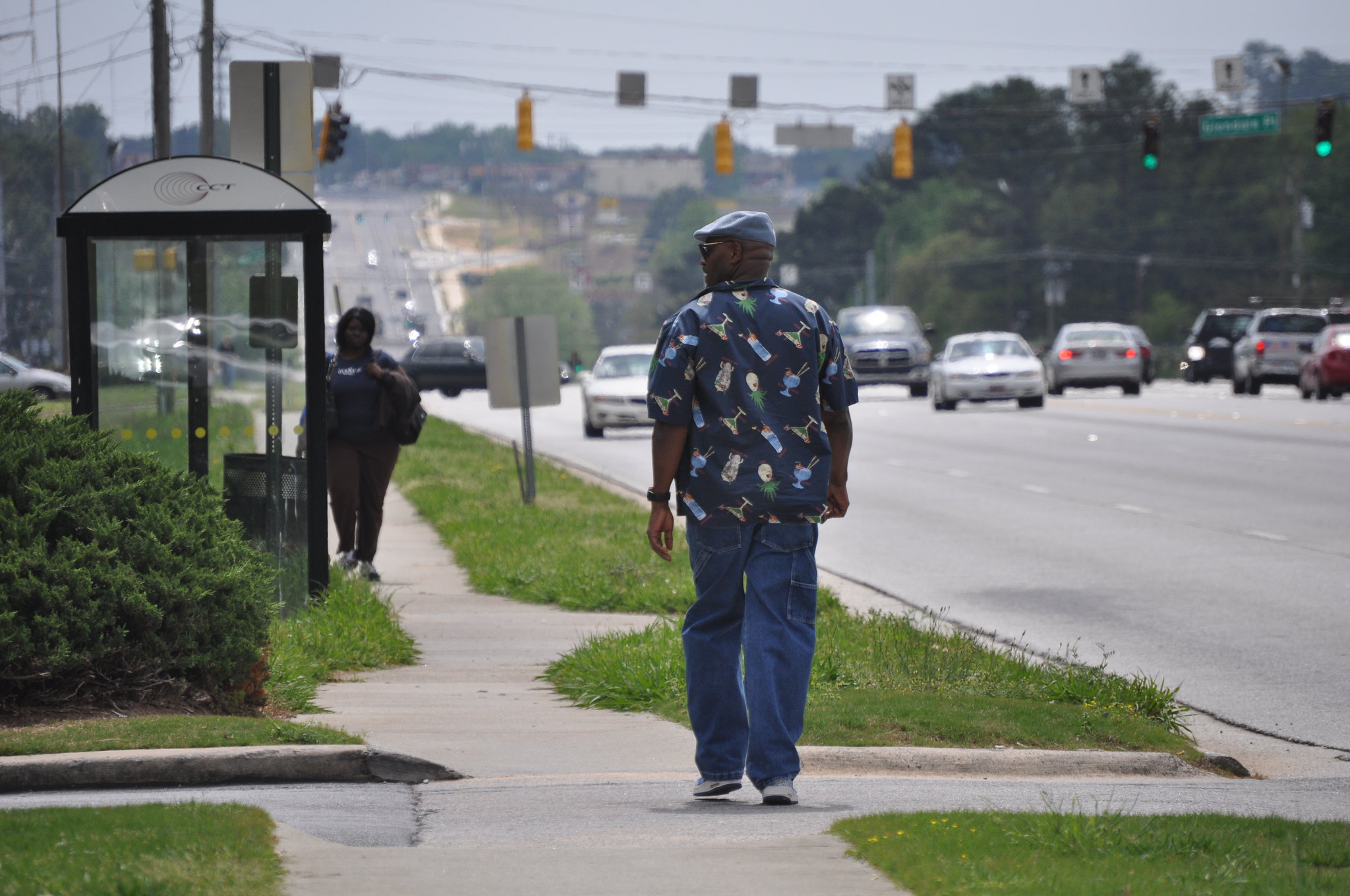
Climate funders, electric vehicle industry groups, and environmentalists are rightly confronting the question of how to address equity in the electric vehicle space. They may not like the answer.
Step one for repairing a problem: Stop making it worse
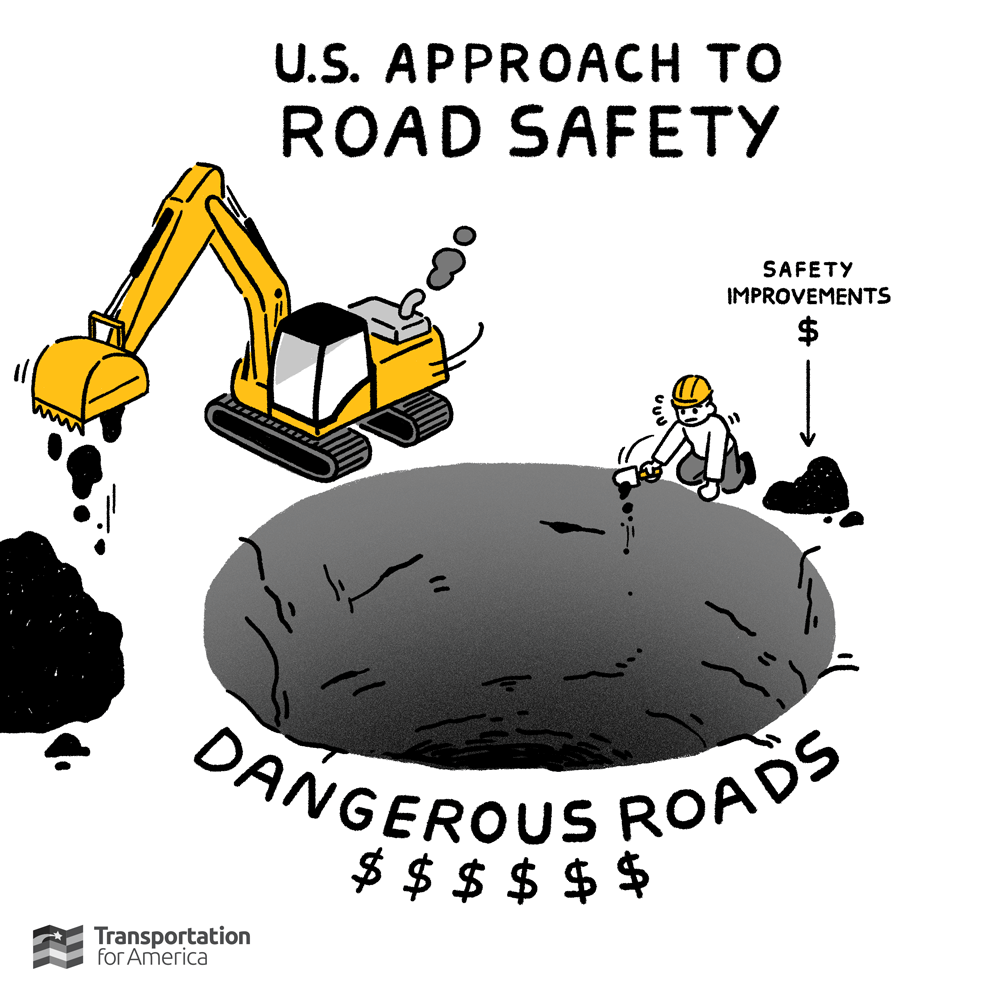
Swap in any pressing issue—climate change, repair, safety—and this new illustration by Jean Wei describes the approach to solving it within the much-debated infrastructure bill, which passed on its own late last Friday. You’ll be hearing a lot of unfettered praise for it today, but we’re far more circumspect.
T4America statement on the passage of the 2021 infrastructure deal
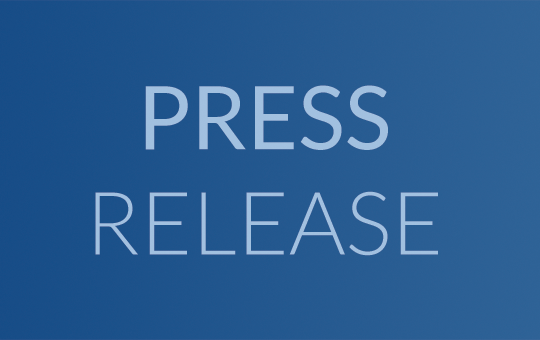
After Congress’ final passage of the Infrastructure Investment and Jobs Act, aka “the infrastructure deal” on Friday, November 5, Transportation for America Director Beth Osborne offered this statement:
Strides towards Building Back Better the US transportation program
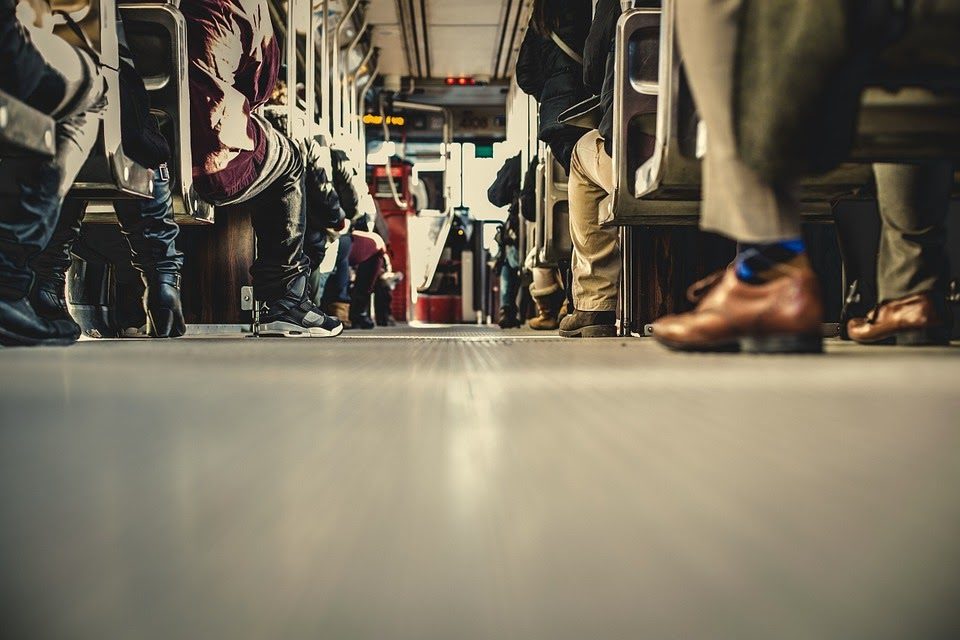
The revised version of the Build Back Better Act preserves $40 billion in important additions that will advance racial equity, address climate change by lowering emissions, and foster community-oriented economic recovery. T4America is encouraged to see these inclusions, but they’ll be a drop in the bucket compared to the much larger infrastructure deal, which doubles down on our dangerous, disconnected, high speed vehicle-dominated status quo.
After COVID, who’s driving the bus?
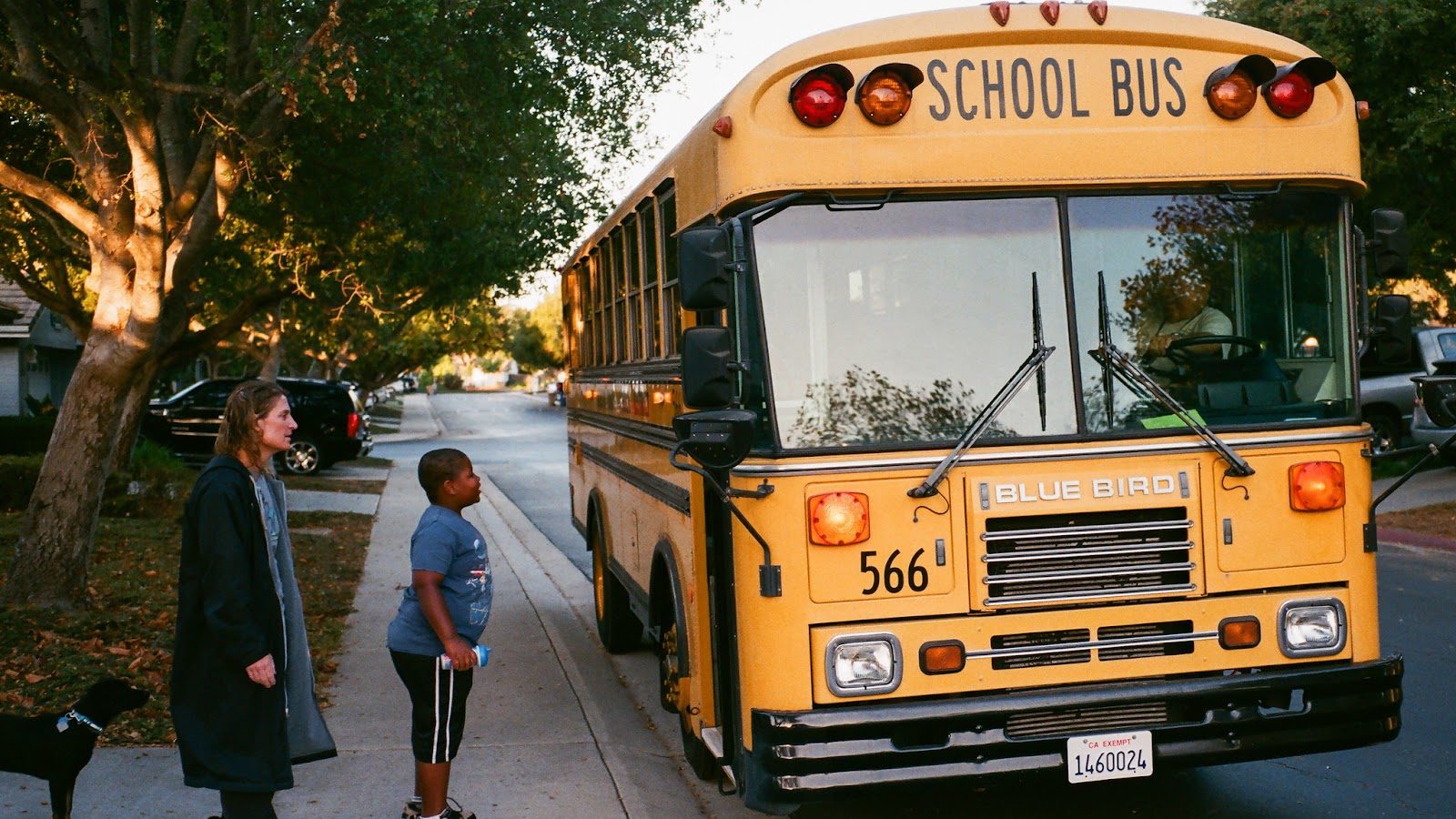
As schools have returned to in-person learning and employment centers come back to life, mobility is grinding to a halt with a slow return of bus operators, the result of market pressures and ill-timed disinvestments.
Want to save the climate? Start by funding transit operations
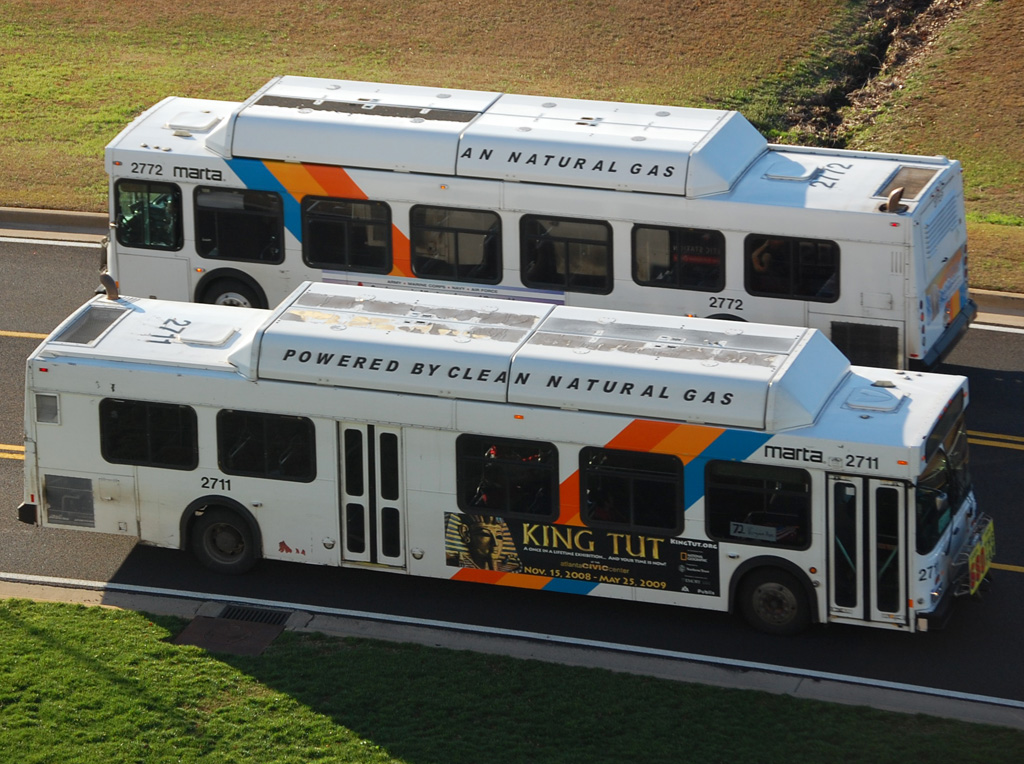
The current trend of more driving will make it harder for us to reach our emissions goals. Making public transit a more convenient and reliable option so people can access the things they need while taking shorter or fewer car trips is one way to reverse the trend of more driving.
More highways, more driving, more emissions: Explaining “induced demand”
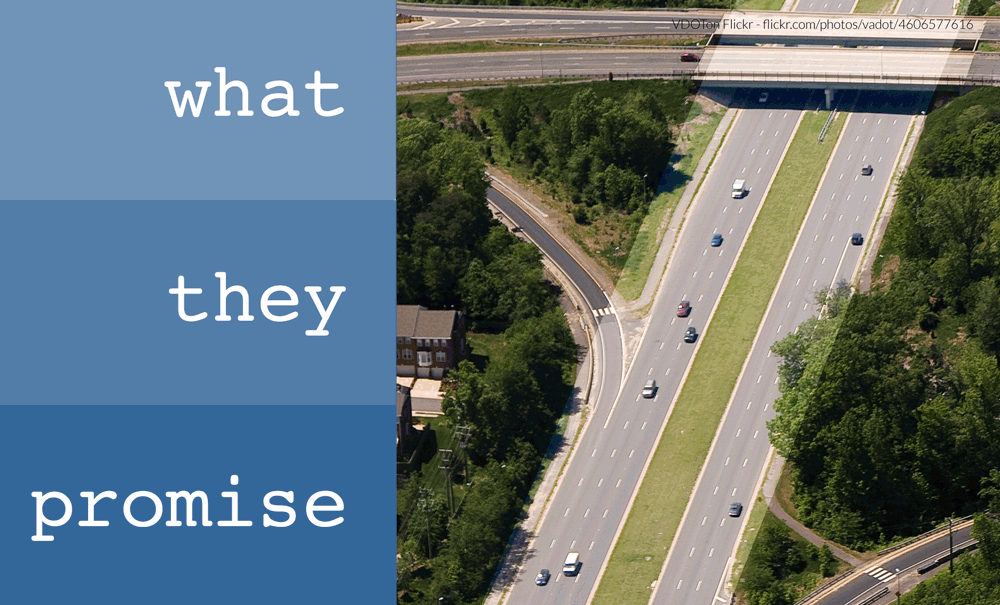
Even if we hit the most ambitious targets for changing our cars and trucks over to electric vehicles, we will fail to meaningfully reduce emissions from transportation without confronting this simple fact: new roads always produce new driving. This costly feedback loop referred to as “induced demand” is the invisible force short-circuiting the neverending attempts to eliminate congestion by building or expanding roads.
New calculator shows how highway expansions increase traffic
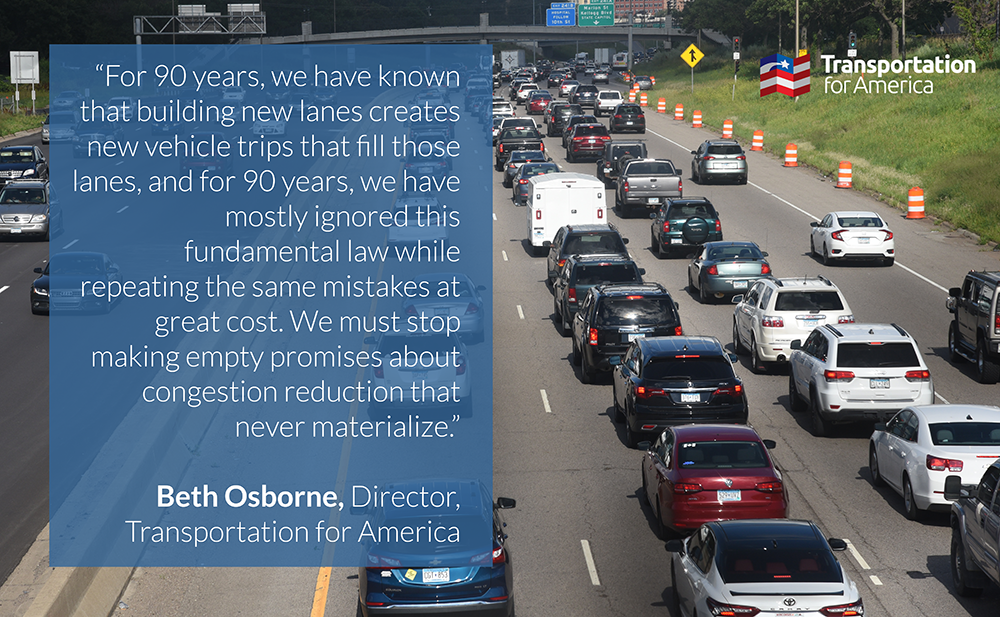
The SHIFT Calculator provides transparency about new traffic created by highway widening and expansion so transportation agencies can make smarter, more sustainable transportation investments.
Federal transportation funding opportunities 101

There are ample opportunities for the infrastructure law to support good projects and better outcomes. These five in-depth, detailed guides explain the available federal programs for funding public transportation, passenger rail, Complete Streets and active transportation, and EV infrastructure.
Less than 30 days to speak out on transit funding
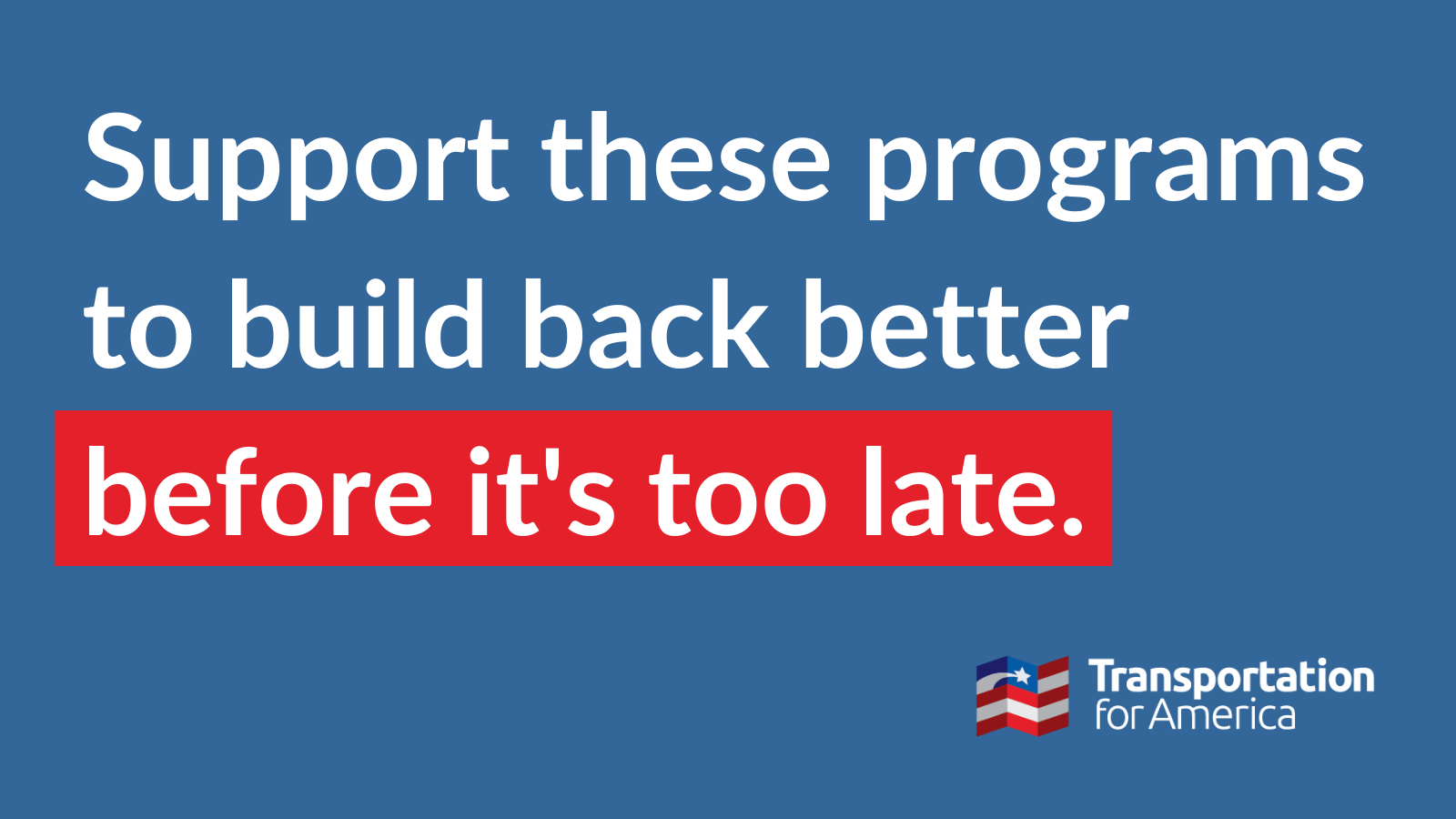
Last weekend, Congress gave themselves until October 31st to pass the infrastructure deal (the Infrastructure Investment and Jobs Act or IIJA) and the budget reconciliation (the Build Back Better Act). With cuts on the way for the Build Back Better Act, it’s more important than ever to raise our voices in support of transit funding.
Transit funds could crack under the pressure of the budget deadline

The upcoming continuing resolution to fund the government and avert a shutdown won’t include transportation spending, piling on the pressure to pass the infrastructure deal and budget reconciliation. Congress could end up gutting the reconciliation package to make a deal.
Fix-it-first would be a win for rural communities
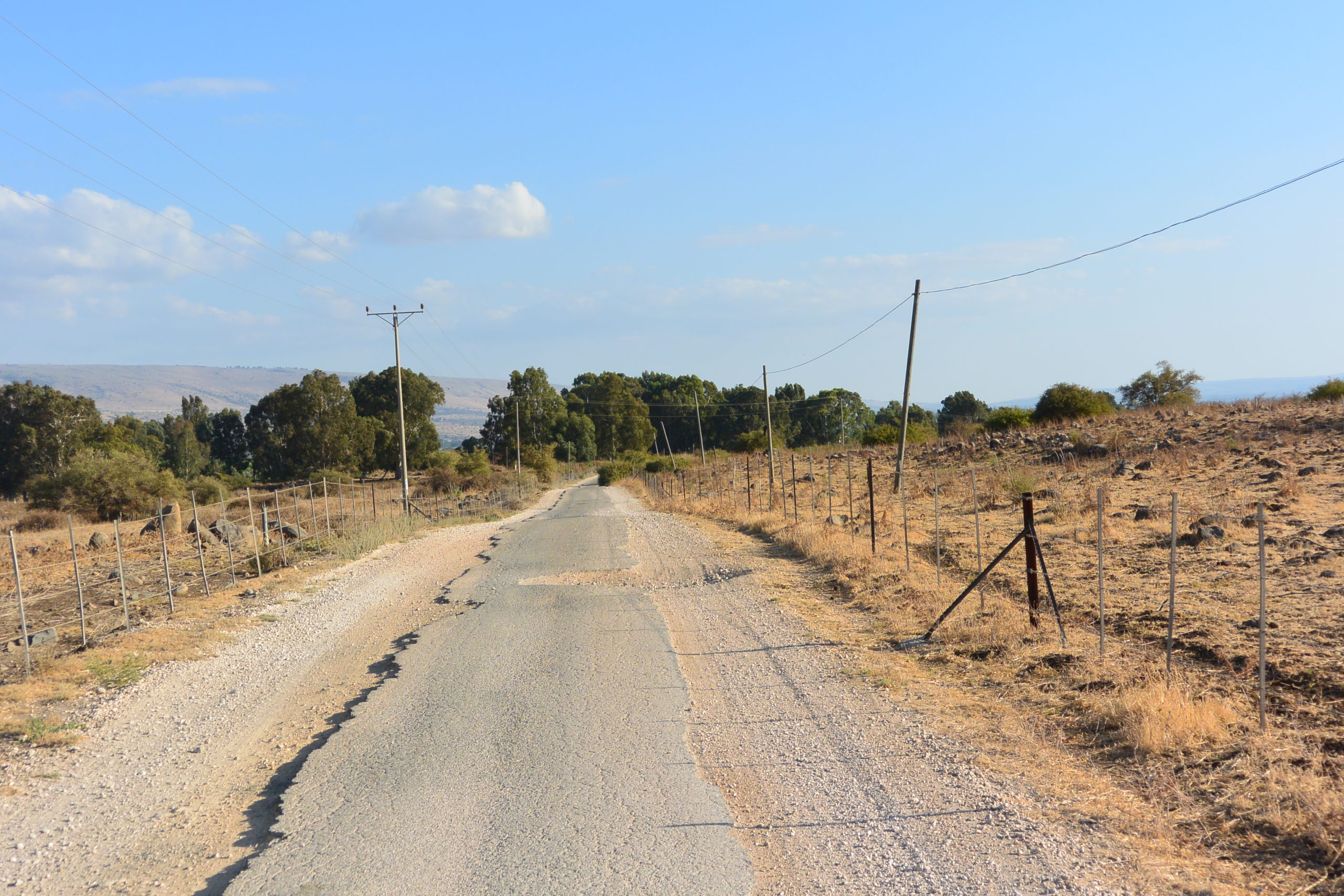
The lack of repair requirements in the infrastructure bill will shortchange rural areas, costing them potential jobs and leaving them with crumbling roads and bridges that won’t get repaired. Our report highlights why using highway funds to fix roads and bridges would bring numerous benefits to rural America.















